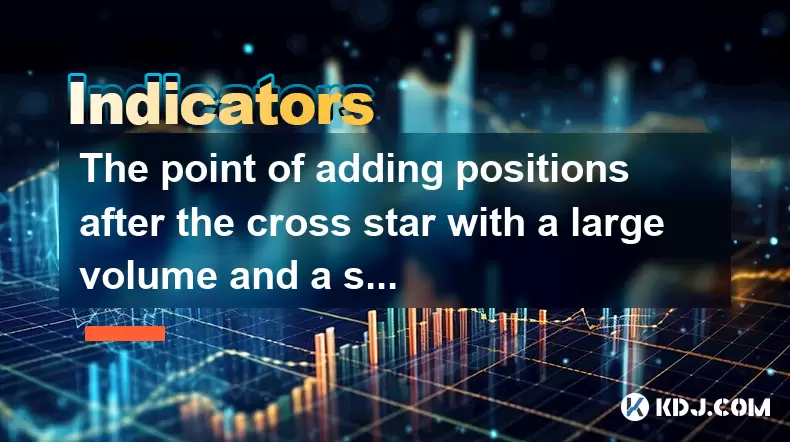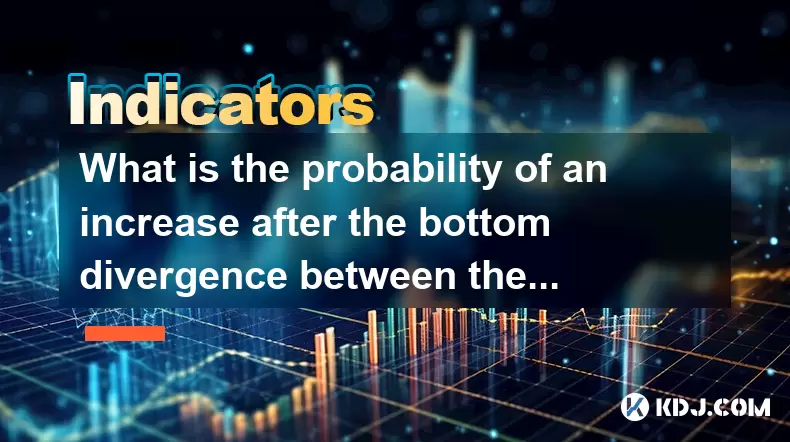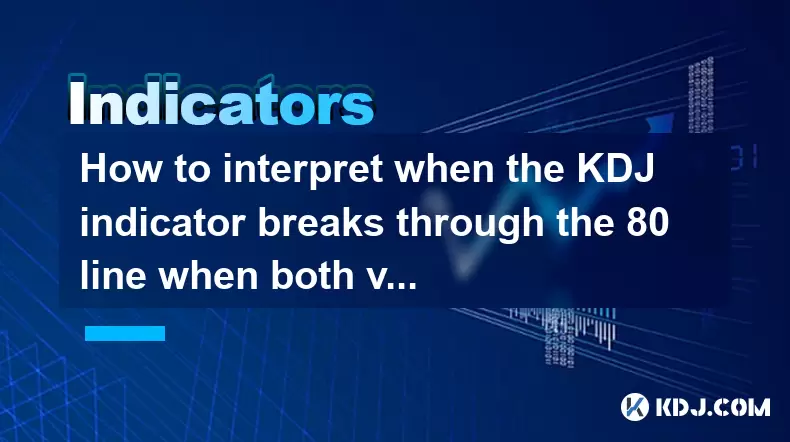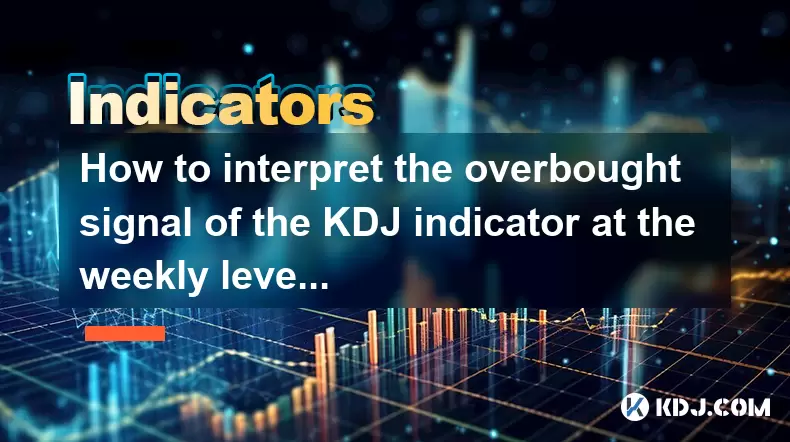-
 Bitcoin
Bitcoin $115100
-2.99% -
 Ethereum
Ethereum $3642
-1.38% -
 XRP
XRP $3.027
-5.51% -
 Tether USDt
Tether USDt $1.000
-0.05% -
 BNB
BNB $763.4
-1.32% -
 Solana
Solana $177.2
-5.42% -
 USDC
USDC $0.9999
-0.02% -
 Dogecoin
Dogecoin $0.2247
-6.47% -
 TRON
TRON $0.3135
0.23% -
 Cardano
Cardano $0.7824
-4.46% -
 Hyperliquid
Hyperliquid $42.53
-0.97% -
 Stellar
Stellar $0.4096
-6.09% -
 Sui
Sui $3.662
-2.61% -
 Chainlink
Chainlink $17.63
-3.57% -
 Bitcoin Cash
Bitcoin Cash $536.3
2.94% -
 Hedera
Hedera $0.2450
0.34% -
 Avalanche
Avalanche $23.23
-3.15% -
 Litecoin
Litecoin $112.2
-1.23% -
 UNUS SED LEO
UNUS SED LEO $8.976
-0.30% -
 Shiba Inu
Shiba Inu $0.00001341
-2.72% -
 Toncoin
Toncoin $3.101
-2.44% -
 Ethena USDe
Ethena USDe $1.001
-0.05% -
 Uniswap
Uniswap $10.08
-1.97% -
 Polkadot
Polkadot $3.938
-2.77% -
 Monero
Monero $323.9
0.87% -
 Dai
Dai $0.9999
-0.02% -
 Bitget Token
Bitget Token $4.481
-1.69% -
 Pepe
Pepe $0.00001199
-5.94% -
 Aave
Aave $288.2
-0.68% -
 Cronos
Cronos $0.1279
0.36%
The point of adding positions after the cross star with a large volume and a shrinking volume steps back to the 20-day line
A cross star with high volume followed by shrinking volume near the 20-day MA signals potential trend exhaustion and a high-probability entry zone for long positions.
Jul 24, 2025 at 09:28 pm

Understanding the Cross Star Pattern in Cryptocurrency Trading
The cross star pattern is a significant candlestick formation often observed in cryptocurrency price charts. This pattern occurs when the opening and closing prices are nearly identical, creating a small body with long upper and lower shadows. It indicates indecision between buyers and sellers, often preceding a potential reversal or consolidation phase. When this pattern appears after a sustained price movement, especially on high volume, it signals that momentum may be weakening. Traders pay close attention to this setup because it can mark a turning point in market sentiment. The presence of a large volume during the cross star formation increases its reliability, as it reflects strong participation during the indecisive session.
Interpreting Volume Dynamics: Large Volume Followed by Shrinking Volume
When a cross star appears with large volume, it suggests that significant market activity occurred despite the lack of directional movement. This often means that both bulls and bears aggressively tested the price level, but neither side gained control. The subsequent shrinking volume in the following sessions indicates decreasing market participation and waning momentum. This contraction in volume is critical because it suggests that the aggressive trading pressure has subsided, potentially setting the stage for a directional breakout. Traders interpret this sequence—large volume at indecision, followed by shrinking volume—as a sign of market exhaustion. It implies that the prior trend may be losing steam, and a retest of key support or resistance levels is likely.
Significance of the 20-Day Moving Average Line
The 20-day moving average (MA) is a widely used technical indicator in cryptocurrency trading, representing the average closing price over the past 20 trading days. It acts as a dynamic support or resistance level and helps traders identify the short-term trend. When price action steps back to the 20-day MA after a cross star with high volume, it suggests a potential retest of this moving average as support. If the price holds above the 20-day MA, it may indicate that the uptrend remains intact. Conversely, a break below could signal a deeper correction. The confluence of the cross star pattern, volume contraction, and proximity to the 20-day MA creates a high-probability zone for potential entry points, especially if other indicators align.
Strategic Entry: Adding Positions After the Setup
Adding positions after this specific technical setup requires careful planning and confirmation. Traders should not act immediately upon seeing the cross star. Instead, they should wait for the price to step back to the 20-day MA and exhibit signs of stabilization. Confirmation signals include:
- A bullish candlestick forming near the 20-day MA
- Volume increasing on upward movement
- Price closing above the 20-day MA
- Support from other technical indicators such as RSI or MACD turning bullish
Once these conditions are met, traders may consider entering long positions. Position sizing should be adjusted based on risk tolerance, and stop-loss orders should be placed just below the 20-day MA or the lowest point of the pullback. This approach minimizes risk while maximizing the potential for gains if the trend resumes.
Step-by-Step Execution of the Trading Strategy
To effectively implement this strategy in cryptocurrency trading, follow these detailed steps:
- Identify the cross star pattern on the daily chart, ensuring the opening and closing prices are nearly equal and shadows are prominent.
- Verify large volume on the day of the cross star, confirming strong market participation.
- Observe the next few candles for shrinking volume, indicating reduced selling or buying pressure.
- Monitor price movement toward the 20-day MA, using a charting platform that overlays the moving average.
- Wait for price to touch or slightly dip into the 20-day MA, then look for bullish reversal signals like a hammer, bullish engulfing, or morning star.
- Confirm with volume expansion on the upward move, ensuring renewed buying interest.
- Enter the position once the price closes above the 20-day MA with supporting volume.
- Set a stop-loss below the recent swing low or beneath the 20-day MA.
- Define a take-profit level based on previous resistance zones or Fibonacci extensions.
Using a trading platform like TradingView or Binance’s advanced chart tools allows for precise execution. Enable alerts for price reaching the 20-day MA and volume changes to stay proactive.
Risk Management and Trade Monitoring
Even with a well-defined setup, risk management remains essential. The cryptocurrency market is highly volatile, and false signals can occur. Always limit the capital allocated to any single trade. Consider using a risk-reward ratio of at least 1:2, ensuring potential profits outweigh possible losses. Continuously monitor the trade after entry. If the price fails to sustain above the 20-day MA or volume remains weak on rallies, it may be prudent to exit early. Avoid emotional decision-making by sticking to the predefined plan. Use trailing stops to lock in profits if the price moves favorably.
Frequently Asked Questions
What timeframes are best for identifying this cross star and 20-day MA setup?
The daily timeframe is most reliable for this strategy, as it filters out noise from lower timeframes. However, the 4-hour chart can be used for finer entry timing once the daily setup is confirmed.
Can this strategy be applied to all cryptocurrencies?
Yes, but it works best with high-liquidity assets like Bitcoin (BTC), Ethereum (ETH), and other major altcoins. Low-volume tokens may produce false signals due to manipulation or erratic price action.
How do I confirm the 20-day MA is acting as support?
Look for price bouncing off the line with a strong bullish candle. Additional confirmation comes from volume increasing on the bounce and other indicators like RSI moving out of oversold territory.
What if the price breaks below the 20-day MA after the cross star?
A break below the 20-day MA, especially on rising volume, suggests weakness. In such cases, the setup is invalidated, and traders should avoid long entries or consider short positions if other bearish signals align.
Disclaimer:info@kdj.com
The information provided is not trading advice. kdj.com does not assume any responsibility for any investments made based on the information provided in this article. Cryptocurrencies are highly volatile and it is highly recommended that you invest with caution after thorough research!
If you believe that the content used on this website infringes your copyright, please contact us immediately (info@kdj.com) and we will delete it promptly.
- Kaspa's Strongest Month REVEALED: New Data Shocks KAS Traders!
- 2025-07-26 04:30:12
- Crypto Losses: From ZIRP to Zero - How I Lost a Million Dollars (and What You Can Learn)
- 2025-07-26 04:30:12
- BONK's Wild Ride: Selling Pressure and Market Dip - A New Yorker's Take
- 2025-07-26 03:30:12
- Pepeto Presale Heats Up: Demo Trading and Meme Coin Mania!
- 2025-07-26 02:50:11
- WeWake, Nexchain AI, and the Crypto Presale Frenzy: What You Need to Know
- 2025-07-26 02:50:11
- Scottie Pippen's XRP Moonshot: A Slam Dunk or an Air Ball?
- 2025-07-26 03:30:12
Related knowledge

What does it mean when the price breaks through the 30-day moving average and is accompanied by a large volume?
Jul 26,2025 at 03:35am
Understanding the 30-Day Moving Average in Cryptocurrency TradingThe 30-day moving average (MA) is a widely used technical indicator in the cryptocurr...

What does it mean when the MACD bar turns from negative to positive?
Jul 26,2025 at 05:01am
Understanding the MACD Indicator in Cryptocurrency TradingThe Moving Average Convergence Divergence (MACD) is a widely used technical analysis tool in...

Does the golden cross of the KDJ three lines at the annual line level indicate a turning point in the big cycle?
Jul 26,2025 at 01:35am
Understanding the KDJ Indicator in Cryptocurrency TradingThe KDJ indicator is a momentum oscillator widely used in technical analysis, especially with...

What is the probability of an increase after the bottom divergence between the KDJ indicator and the trading volume?
Jul 26,2025 at 01:29am
Understanding KDJ Indicator and Its Role in Technical AnalysisThe KDJ indicator is a momentum oscillator widely used in cryptocurrency trading to iden...

How to interpret when the KDJ indicator breaks through the 80 line when both volume and price rise?
Jul 26,2025 at 12:47am
Understanding the KDJ Indicator and Its ComponentsThe KDJ indicator is a momentum oscillator widely used in technical analysis within the cryptocurren...

How to interpret the overbought signal of the KDJ indicator at the weekly level?
Jul 26,2025 at 04:09am
Understanding the KDJ Indicator at the Weekly LevelThe KDJ indicator is a momentum oscillator widely used in technical analysis to identify potential ...

What does it mean when the price breaks through the 30-day moving average and is accompanied by a large volume?
Jul 26,2025 at 03:35am
Understanding the 30-Day Moving Average in Cryptocurrency TradingThe 30-day moving average (MA) is a widely used technical indicator in the cryptocurr...

What does it mean when the MACD bar turns from negative to positive?
Jul 26,2025 at 05:01am
Understanding the MACD Indicator in Cryptocurrency TradingThe Moving Average Convergence Divergence (MACD) is a widely used technical analysis tool in...

Does the golden cross of the KDJ three lines at the annual line level indicate a turning point in the big cycle?
Jul 26,2025 at 01:35am
Understanding the KDJ Indicator in Cryptocurrency TradingThe KDJ indicator is a momentum oscillator widely used in technical analysis, especially with...

What is the probability of an increase after the bottom divergence between the KDJ indicator and the trading volume?
Jul 26,2025 at 01:29am
Understanding KDJ Indicator and Its Role in Technical AnalysisThe KDJ indicator is a momentum oscillator widely used in cryptocurrency trading to iden...

How to interpret when the KDJ indicator breaks through the 80 line when both volume and price rise?
Jul 26,2025 at 12:47am
Understanding the KDJ Indicator and Its ComponentsThe KDJ indicator is a momentum oscillator widely used in technical analysis within the cryptocurren...

How to interpret the overbought signal of the KDJ indicator at the weekly level?
Jul 26,2025 at 04:09am
Understanding the KDJ Indicator at the Weekly LevelThe KDJ indicator is a momentum oscillator widely used in technical analysis to identify potential ...
See all articles

























































































